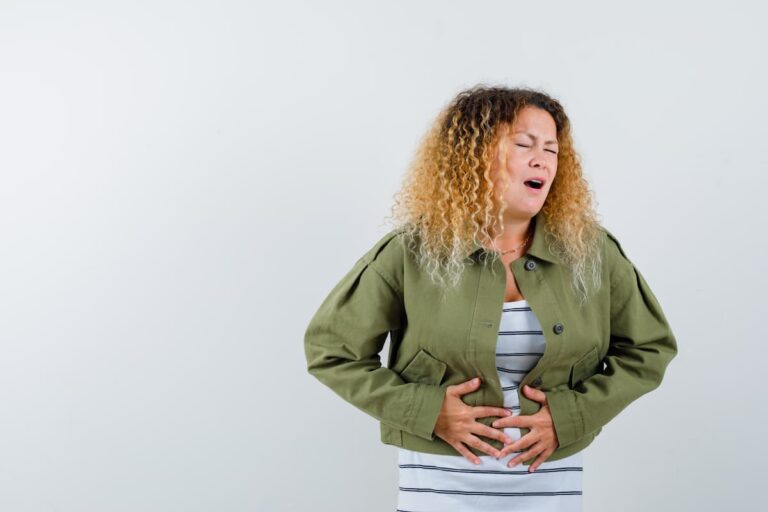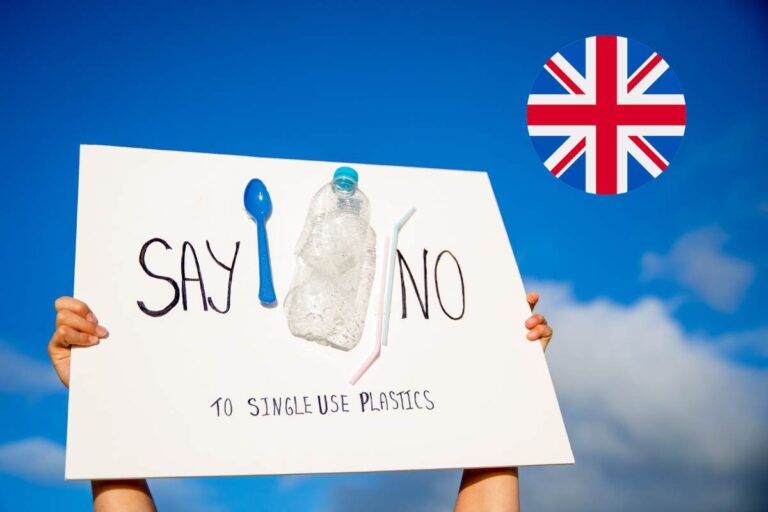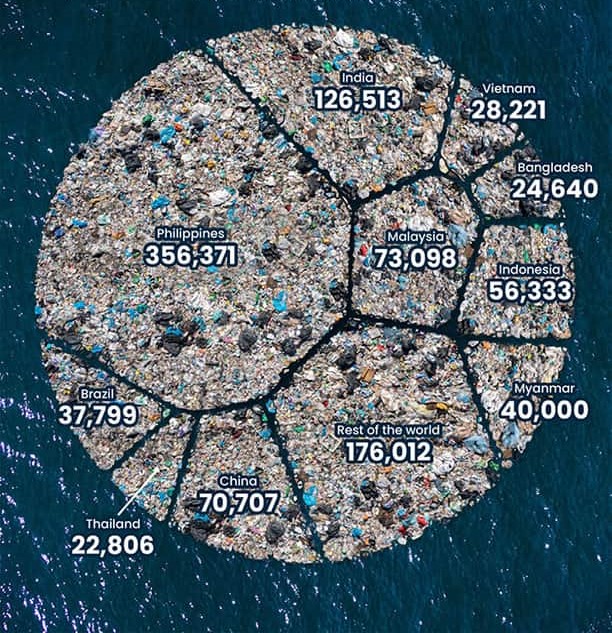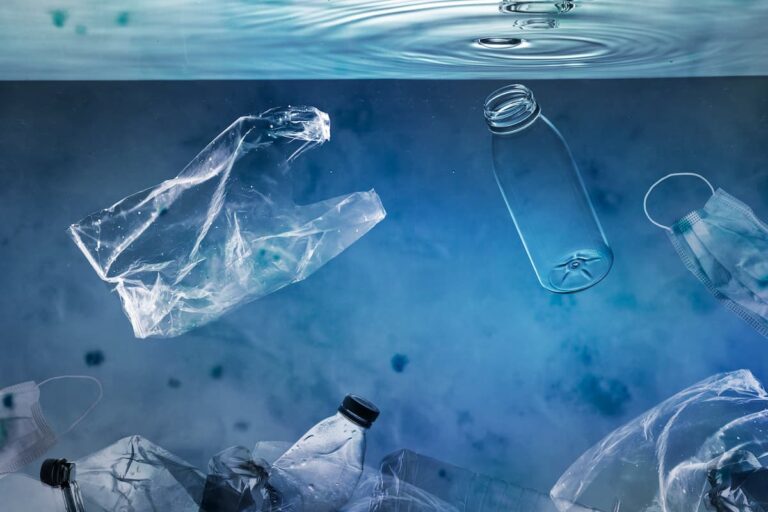European Bioplastics defends compostable and recycled plastics
In a recent study conducted by scientists at the Spanish Institute of Environmental Assessment and Water Research and the Institute of Agrochemistry and Food Technology (IATA-CSIC), concerns were raised about the potential toxicity of compostable and recycled plastics, especially when compared to conventional plastics.
The study, titled “Comparative toxicity of conventional versus compostable plastic consumer products: An in-vitro assessment,” was published in the Journal of Hazardous Materials. It focused on assessing the impact of photodegradation and composting on plastics and their toxicity to fish liver cells, using PLHC-1 cells as a model for toxicological research.
The researchers examined eight single-use plastic consumer products, including four compostable plastics (such as light bags for foodstuff and waste) and four conventional plastics (including water bottles and garbage bags).
Their investigation involved the evaluation of methanolic extracts from these plastics for cytotoxicity, generation of reactive oxygen species (ROS), presence of CYP1A inducers, and genotoxic compounds. These parameters provide insights into the potential harm caused to living cells by these materials.
The study found that methanolic extracts from compostable plastics exhibited the highest cytotoxicity, while conventional plastics, particularly mechanically recycled plastics, contained higher levels of CYP1A inducers and genotoxic compounds.
Additionally, the research highlighted that plastic-induced toxicity could be exacerbated by exposure to UV rays and that plastic residues left in the final compost can contribute to environmental pollutants. The researchers speculated that the increased toxicity in compostable plastics might be linked to the addition of new plasticizers aimed at improving mechanical properties.
European Bioplastics, a representative of the European bioplastics industry, has raised objections to the methodology and conclusions of this study. They assert that the methodology employed is preliminary and not validated, and they believe that the arguments presented in the press release are misleading. Furthermore, European Bioplastics emphasizes that compostable plastics and recycled or virgin conventional plastics are not classified as dangerous substances under EU Regulation (EC) No 1272/2008. These materials undergo ecotoxicity tests to ensure they have no adverse impact on soil.
One specific concern raised by European Bioplastics pertains to the use of methanol for extracting substances from plastics. They argue that this choice is arbitrary and point out that methanol itself is classified as a toxic liquid. Moreover, the study lacks evidence to prove that methanol extraction does not alter the chemical structure of the analyzed samples. The use of methanol as a solvent introduces a potential bias into the study, and the results of toxicity tests on methanolic extracts may not directly apply to the plastics themselves. European Bioplastics underscores the importance of standards ensuring the safety of products at both legal and health levels.
While concerns about the potential toxicity of compostable and recycled plastics are valid and require further investigation, it is essential to approach such studies with a critical eye. The choice of extraction method, the concentration of extracts used, and their relevance to real-world scenarios all play a crucial role in determining the practical implications of these findings.
Moreover, responsible reporting and adherence to regulatory standards are essential to ensure that products, including biodegradable bags, are safe for use.
In conclusion, the debate surrounding the safety of compostable and recycled plastics continues, but it is important to consider all aspects of research and maintain a balanced perspective.
As consumers, we can support environmentally friendly practices, including the use of biodegradable bags, while also advocating for rigorous scientific scrutiny to ensure that these practices remain safe for our planet and its inhabitants.







